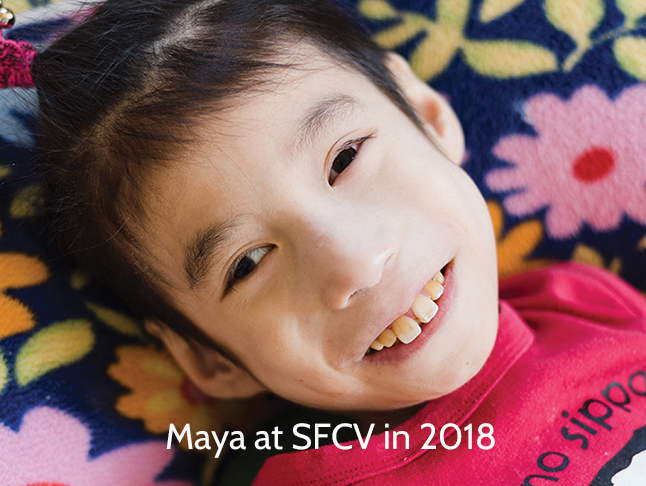March is Cerebral Palsy (CP) Awareness month, but what is CP? Cerebral Palsy is a group of disorders that impacts a person’s ability to move and maintain balance and posture. CP is one of the most common pediatric motor disabilities. Cerebral means having to do with the brain, and palsy means weakness or difficulties using the muscles. Cerebral Palsy is abnormal brain development or damage to the developing brain affecting a person’s ability to control their muscles. The symptoms of CP vary from person to person, with muscles being too relaxed, too tight, or ranging between tautness and laxness.
A person with severe CP might need assistive devices to walk but may still thrive with lifelong care. CP does not worsen over time, but symptoms can change over a person’s life. Many people with CP also have conditions such as seizures or difficulties with vision, hearing, or speech. There may also be changes in the spine (scoliosis) or joint problems.
Of 12 million babies born in China in 2020, about 29,760 were born with cerebral palsy, making it one of the most common childhood disabilities in China. Many treatment plans are available for CP, but these change based on location. Not everywhere provides the same resources, and not everyone can afford them. There are very few options in rural China. The most common treatment options include speech, occupational and physical therapy to improve muscle tone and daily-life motor skills. A person with CP could have difficulty swallowing, narrowing diet choices and increasing the possibility of malnutrition. Malnutrition leads to many other health concerns.
Philip Hayden Foundation continues to provide medical care and therapy in China for orphans and vulnerable children with CP, especially in rural China.

